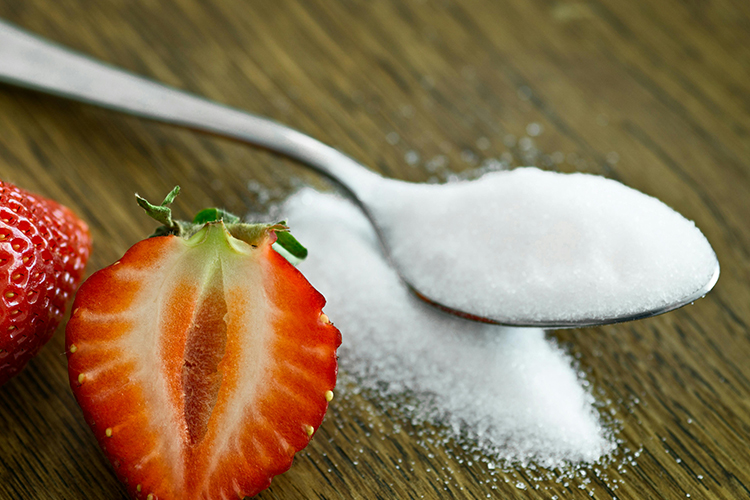uOttawa scientists develop novel radiotracer for earlier detection of disease

Turns out a spoonful of sugar helps the medicine go down - and lights up a PET scan.
The vast majority of positron emission tomography (PET) imaging systems map out how the body uses a radioactive form of glucose for energy. Since many cancers use glucose as metabolic fuel, they light up on glucose PET scans. However, not all cancers use glucose as fuel, and some normal organs, like the brain and heart, use high amounts of glucose too, making it difficult to identify some diseases from this type of diagnostic scan.
Now, scientists at the University of Ottawa (uOttawa) have developed a new radiotracer (called [18F]4-FDF) that can map how cells use fructose for energy. Fructose is a different type of metabolic fuel that is increasingly being recognized as a fuel for disease. Fructose, a monosaccharide known as “fruit sugar”, is a common dietary sugar found naturally in fruit and honey, but also in processed foods. Unlike glucose, fructose is not normally used for fuel by the healthy brain and heart, appearing mostly in healthy livers and kidneys. By identifying where fructose is being used in the body, [18F]4-FDF will allow for earlier detection of a wide range of diseases, including cancers, as well as inflammation of the heart and brain.
The research was conducted in the Molecular Medicine Lab at uOttawa under Associate Professor Adam Shuhendler from uOttawa’s Faculty of Science, who is also a scientist at the University of Ottawa Heart Institute, in collaboration with uOttawa professors Robert Ben and Christina Addison. Lead author Alexia Kirby, who is a doctoral student in biology, was responsible for validating and testing the radiotracer across various cell and animal models, while Nicholas Calvert, a doctoral student in chemistry and biomolecular sciences, used carbon isotope labeling to determine the metabolic pathway of the radiotracer in cells. The synthetic chemistry was developed by colleagues Rob Ben, Thomas Charlton, and Mojmir Suchy, while Dominic Graf and Mojmir Suchy handled the radiochemistry.
“For the first time, we can see where fructose, a common dietary sugar, is used in the body. Outside of the kidneys and the liver, fructose metabolism in any other organs may point to a sinister problem including cancer and inflammation,” explains Professor Shuhendler.
The [18F]4-FDF compound is made of a carefully modified form of fructose that incorporates a radioactive fluorine atom at a key chemical position, allowing researchers to track where and how much fructose is metabolized in our bodies. Through imaging with a PET camera, a tool that is routinely used in diagnostic imaging, observers can see the increased fructose used by malfunctioning organs and tissues, providing early indications of inflammation.
This discovery opens up new avenues for the earlier detection and care of cancers, as well as brain and heart conditions.
The research, titled “It’s a Trap! Aldolase-Prescribed C4 Deoxyradiofluorination Affords Intracellular Trapping and the Tracing of Fructose Metabolism by PET”, was published in The Journal of Nuclear Medicine.
This article was adapted and republished with permission from the University of Ottawa.
Up next

Physically impaired primates find ways to modify their behaviours to compensate for their disabilities, according to Concordia researchers
Primates show a remarkable ability to modify their behaviours to accommodate their physical disabilities and impairments according to a new literature review by Concordia researchers.